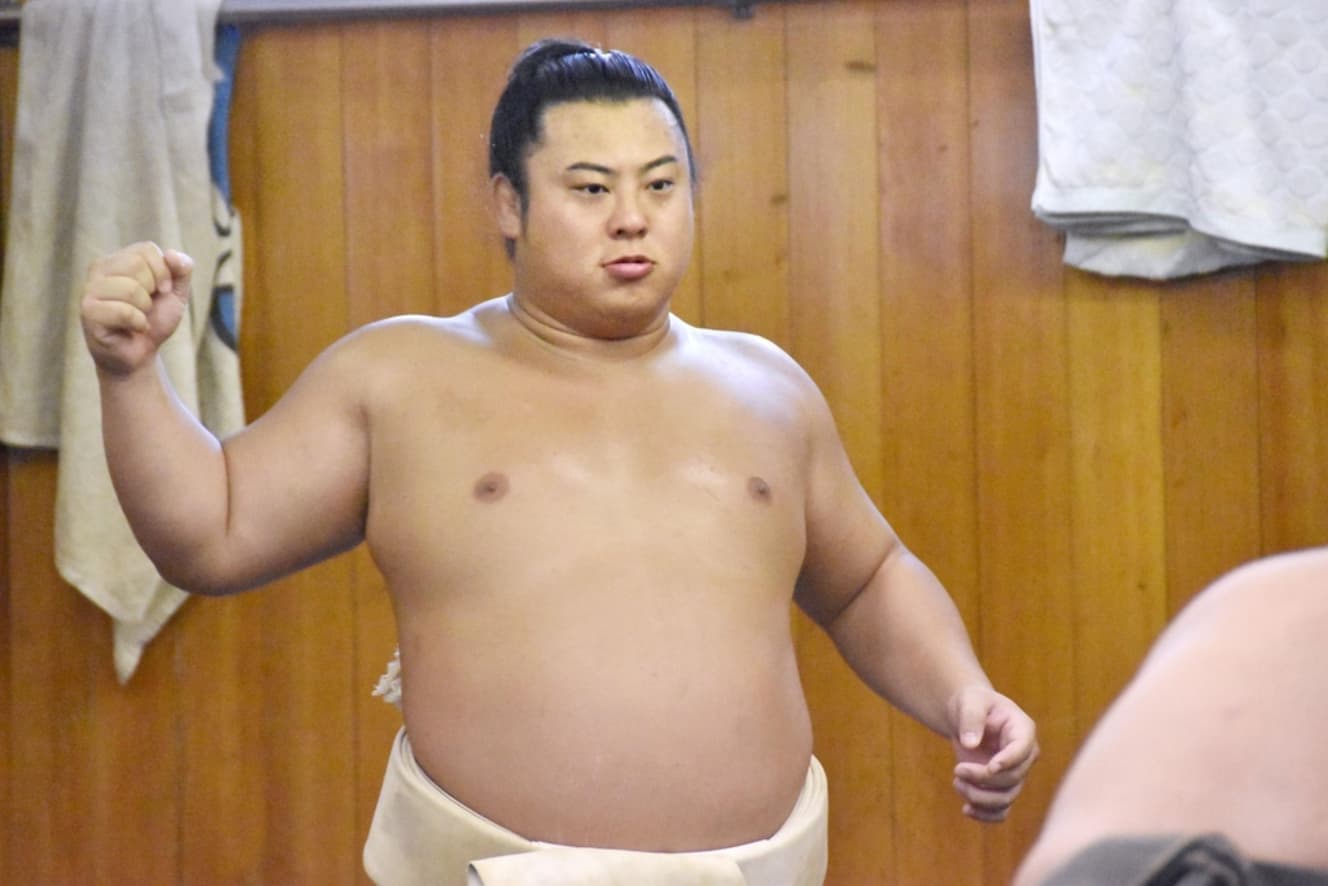Shozaru’s Lone Struggle: From Bullying Allegations to Doing His Own Shopping
Forced to go shopping for women’s underwear and forced to bathe in boiling water.
The February 13, 2013 issue of Shukan Shincho reported allegations of bullying by Shozaru (32), the second highest-ranking man in the Higashi-maegashira, toward his followers. It is said that power harassment of young wrestlers was frequently practiced.
“A complaint was reportedly submitted to the Japan Sumo Association’s Compliance Committee. Bullying likely took place. Shozaru’s supporters issued a statement immediately after Shukan Shincho was published, stating, ‘There are numerous inaccuracies in the report, and we deeply regret that such an article was published.’ However, the statement was deleted a few days later. Shozaru has since undergone questioning by the Compliance Committee.
If the bullying allegations are true, a mere warning may not be sufficient. In the past, wrestlers such as Takanoiwa and Hokuseiho were forced into retirement after their violent behavior was exposed. Shozaru’s stablemaster, Oitekaze Oyakata, is also unlikely to escape with a light punishment. There is even a possibility that, like former Yokozuna Hakuho’s Miyagino stable, which was transferred to Isegahama stable due to a major scandal, Shozaru’s stable could be merged into another within the Tokitsukaze faction,” said a Sumo Association insider.
“I’m really being considerate.”
On the other hand, there are different perspectives on the bullying allegations against Shōzaru. A young wrestler, A, who serves as an attendant in a different stable, says, “Shōzaru’s case is extremely unusual.”
“The Japan Sumo Association is very strict about compliance, especially when it comes to power harassment or moral harassment toward junior wrestlers. The wrestlers are well aware that if any physical abuse against an attendant is discovered, it’s an immediate dismissal—this is something they are reminded of in training sessions held every tournament. The saying, ‘Apart from wiping their behinds, the attendants do everything,’ is a thing of the past.
Wrestlers are really careful to ensure their attendants don’t feel harassed. They can’t even casually ask for favors anymore, so they use apps to book their own taxis to tournament venues. They even go to the convenience store themselves. Many wrestlers go alone to TV show recordings as well. Even if an attendant makes a mistake, they can’t strictly reprimand them, just saying, ‘Be more careful next time.’ You can really feel the struggles of being a sumo wrestler today.”
With fewer tasks to do for the wrestlers, A says he now has more free time and often ends up fiddling with his smartphone. While stricter compliance has brought benefits for attendants, it has also come with significant downsides.
The Reason Mongolian Wrestlers Naturally Dominate the Upper Rankings
“I no longer get taken along to drinking parties with patrons (tanimachi). In the past, attending these gatherings meant receiving gifts or pocket money from them, but now, that hardly ever happens. Before, when I ran errands to a convenience store, a sekitori would hand me 10,000 yen and say, ‘Keep the change,’ but that’s no longer the case.
As a makushita wrestler, the only income I receive is about 90,000 yen per tournament, which adds up to roughly 900,000 yen a year. While our shared living arrangements in the sumo stable cover our basic needs, we barely have any money for leisure. Opportunities to go out for meals have significantly decreased.”
I once overheard a sekitori talking to his stablemaster, saying, “Because of compliance rules, we can’t give strict guidance. I don’t even feel motivated to toughen up the younger wrestlers.”
“Since training is no longer as strict, I believe the quality of sumo among young wrestlers has declined. In recent years, it’s no surprise that foreign-born wrestlers, especially from Mongolia, dominate the upper rankings. They come to Japan with a strong hunger for success, whereas Japanese wrestlers are bound by strict compliance rules that make intense training more difficult.”
Balancing the elimination of harassment with the development of physically and mentally tough wrestlers—this is the major challenge facing the sumo world today.
PHOTO: Kyodo News
